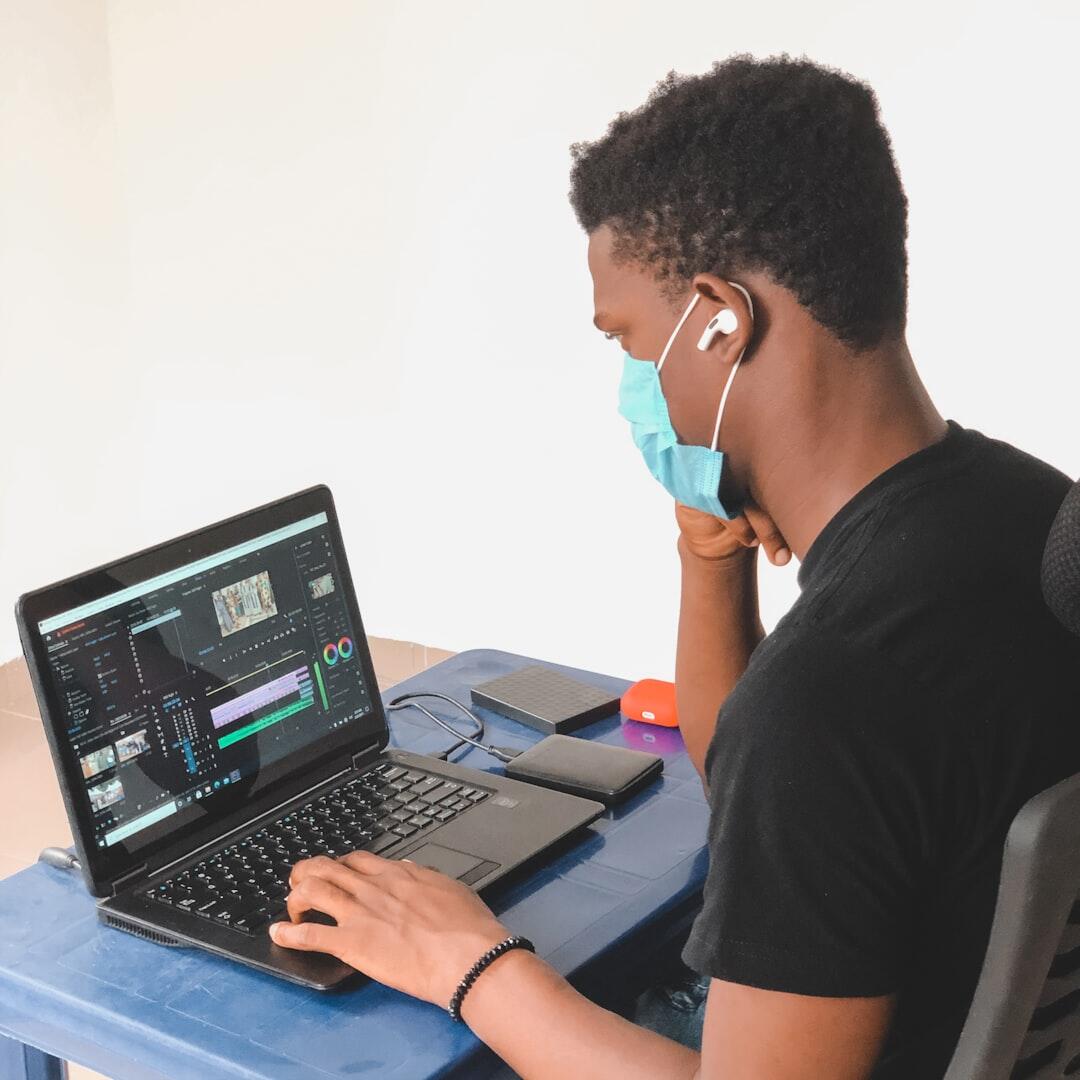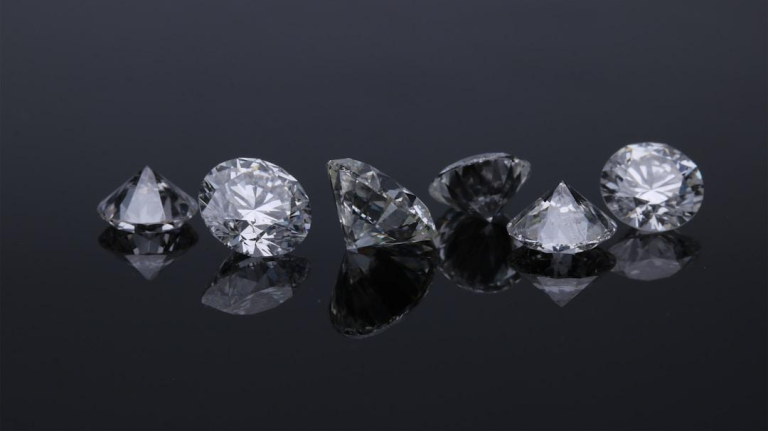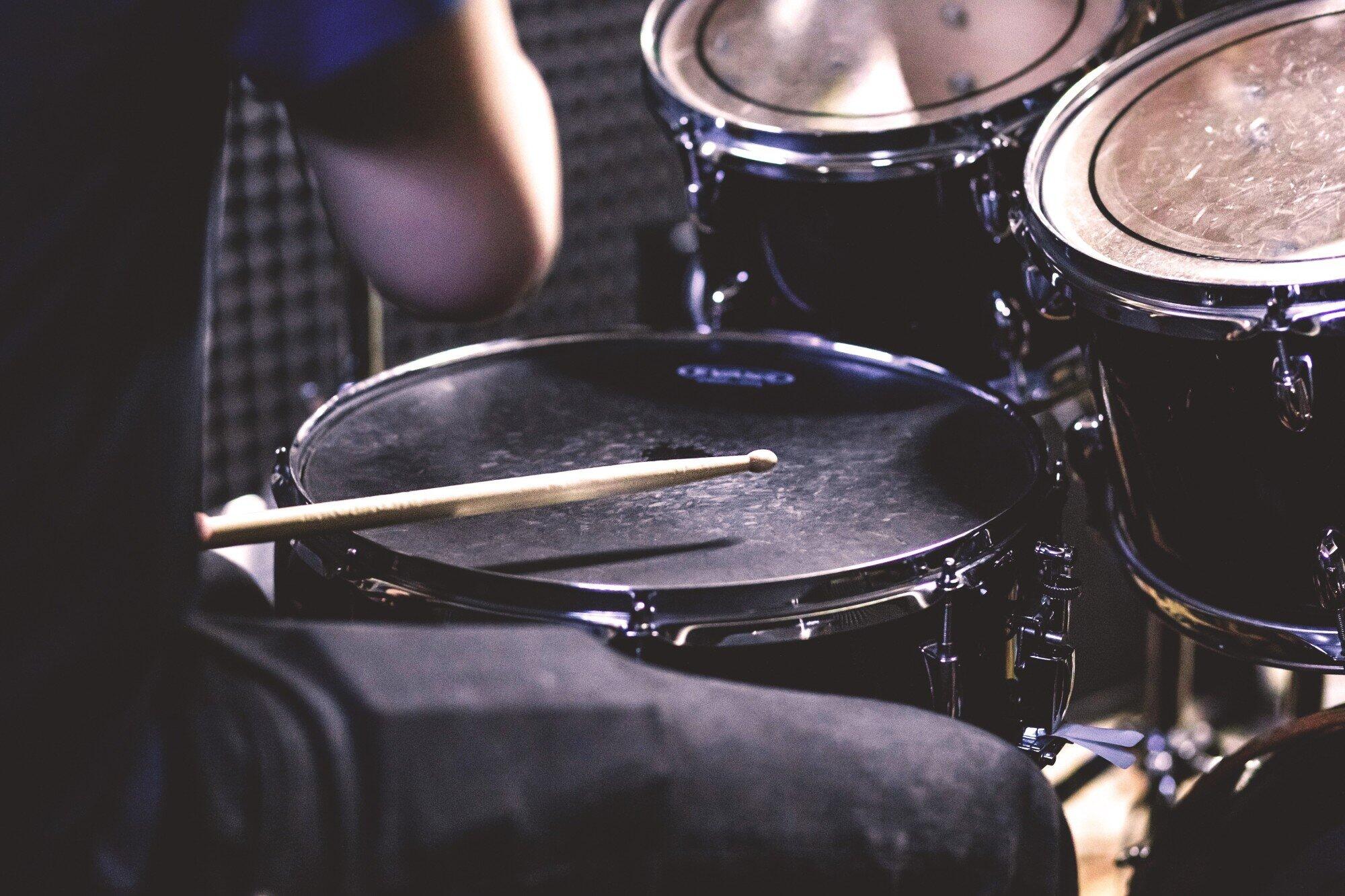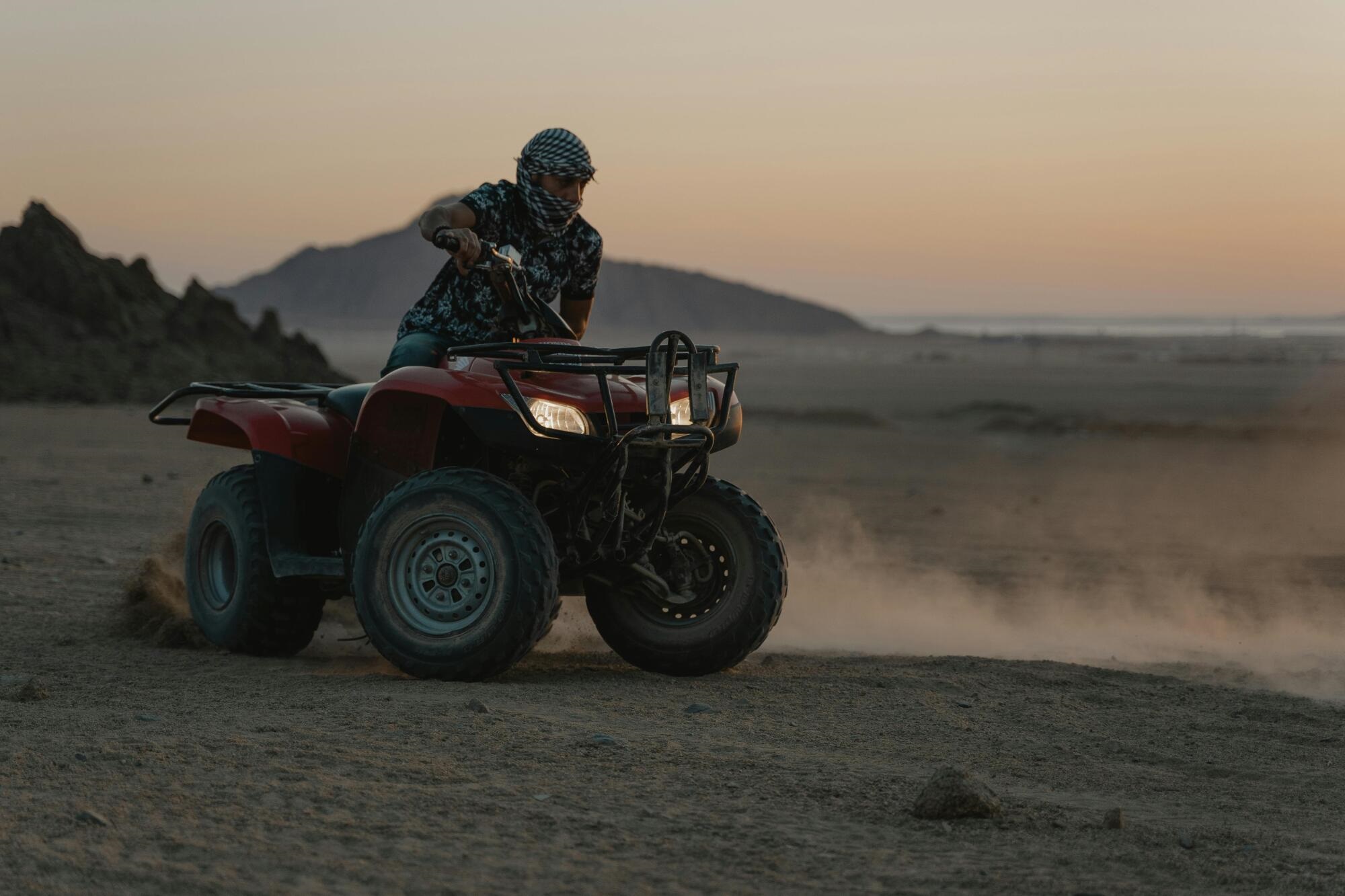Have you ever wondered why some anglers always seem to reel in massive striped bass while others struggle? Timing plays a big role in fishing success, and so does location. Striped bass, often called stripers, move with the seasons and follow food sources.
Understanding their patterns can make all the difference. These fish are prized for their size and strength, making them a favorite catch. They are not only exciting to hook but also rewarding to land.
This guide will show you exactly when and where to find them, helping you unlock the secrets to trophy fishing success. Read on!
Table of Contents
Understanding Striper Migration Patterns
Striped bass are migratory fish, meaning they move with the seasons. They travel between freshwater rivers and the open ocean, depending on their life cycle.
In spring, stripers swim into rivers to spawn. After spawning, they head back to coastal waters for feeding. During the summer, they spread out in cooler waters along the Atlantic coast.
Fall brings another migration as they chase baitfish southward. Knowing these patterns allows anglers to target stripers at the right time. By matching the season with the fish’s behavior, fishing trips become far more productive.
Best Spring Fishing Locations
Spring is one of the most exciting times for striper fishing. As waters warm, stripers move into estuaries and rivers to spawn.
Popular rivers include the Hudson in New York and the Chesapeake Bay. These areas hold large concentrations of fish during the spawning run. Anglers often find success near river mouths where stripers gather to feed.
The key is to fish in slightly warmer waters where baitfish are active. Shorelines and shallow flats also hold plenty of action. Spring fishing is all about patience and timing, as the bite can be incredible once conditions align.
Summer Hotspots for Stripers
When summer arrives, striped bass prefer cooler, deeper waters. Along the New England coast, stripers settle into rocky shores, reefs, and tidal rips. Cape Cod, Block Island, and Montauk are top summer destinations.
Night fishing becomes especially productive because stripers feed more actively after dark. Live eels, bunker, and mackerel are effective baits during this time. Anglers should focus on areas with strong currents that push baitfish into ambush zones.
Boat fishing is popular, but surfcasting from beaches also brings great results. Summer offers long days and great weather, making it a prime season for trophy fish.
Fall Striper Action Along the Coast
Fall is often called the striper season of dreams. During this time, stripers migrate southward and feed heavily before winter. The presence of massive schools of baitfish drives incredible surface action.
Beaches, inlets, and jetties all become active spots for fishing. Casting lures like topwater plugs or soft plastics can produce explosive strikes. Anglers often find that early mornings and evenings provide the hottest action.
Fall also offers opportunities to catch stripers from both shore and boat. For many fishermen, this season produces their largest catches of the year.
Winter Striper Opportunities
While many anglers pack away their gear in winter, dedicated striper enthusiasts know better. Some stripers remain in coastal waters throughout the colder months.
States like Virginia and North Carolina see strong winter action. Offshore fishing in deeper water often produces bigger fish. Trolling with umbrella rigs and deep-diving plugs is a common method.
Anglers must dress warmly and prepare for tougher conditions. The reward, however, is fewer crowds and the chance at trophy-sized bass. Winter fishing requires patience but can deliver some of the most memorable catches of the year.
Essential Gear for Seasonal Success
Having the right fishing gear is key when targeting stripers year-round. A medium to heavy spinning or baitcasting setup works well for most conditions. Strong braided line with a fluorocarbon leader helps handle powerful runs.
Circle hooks are often recommended to ensure safe releases. Depending on the season, lures like jigs, plugs, or spoons all have their place. Waders and sturdy footwear are must-haves for shore anglers.
For boat fishing, reliable electronics help locate schools of fish. Always match your gear to the size of stripers you expect.
Bait and Lure Choices by Season
The best bait and lures often change with the seasons. In spring, live herring, shad, or bloodworms are top choices. Summer brings success with eels, bunker, and topwater plugs.
During fall, anglers favor soft plastics, spoons, and large surface lures. Winter fishing often calls for trolling rigs and heavy jigs. The key is to use bait that matches the stripers’ natural food source at the time.
Pay attention to what baitfish are present in the area. Many anglers carry a mix of lures to adapt quickly. Choosing the right bait can be the difference between a slow day and nonstop action.
Tips for Shore and Boat Fishing
Both shore and boat fishing offer unique advantages for striper hunters. From the shore, anglers can access beaches, jetties, and piers. Surfcasting at night often brings incredible results during summer and fall.
Wading into shallow flats during spring is another great option. Boat fishing, however, allows access to deeper structures and offshore schools. Using fish finders helps locate stripers that might not be visible from shore.
Anchoring near tidal rips or trolling along channels also works well. Many anglers even book fishing charters in Rhode Island to maximize their chances. Whether on land or sea, adapting tactics to conditions is essential.
Conservation and Responsible Angling
Striped bass are a treasured species, and conservation is critical. Overfishing and habitat loss have impacted their populations in the past. Following size and bag limits ensures that fish stocks remain healthy.
Catch and release is strongly encouraged, especially with larger breeding fish. Using circle hooks helps reduce injury to released stripers. Anglers should also handle fish gently and avoid keeping them out of water too long.
Supporting conservation groups that protect striped bass habitats makes a difference. Responsible fishing today ensures that future generations can enjoy the thrill of catching trophy stripers.
Prime Times and Locations for Striper Fishing
There are different times of the year to go striped bass fishing. It’s time for spawning runs and action along the rocky coast in the spring and summer. Trophy fishing in the fall is legendary, and fishing in the winter is peaceful and rewarding.
Fishermen can catch fish if they know about migration, gear, and bait. You can fish from the shore or from a boat.
The sport will be around for future generations thanks to conservation. This guide gets anglers ready for a great time striper fishing.
Did you like this guide? Great! Please browse our website for more!







































































